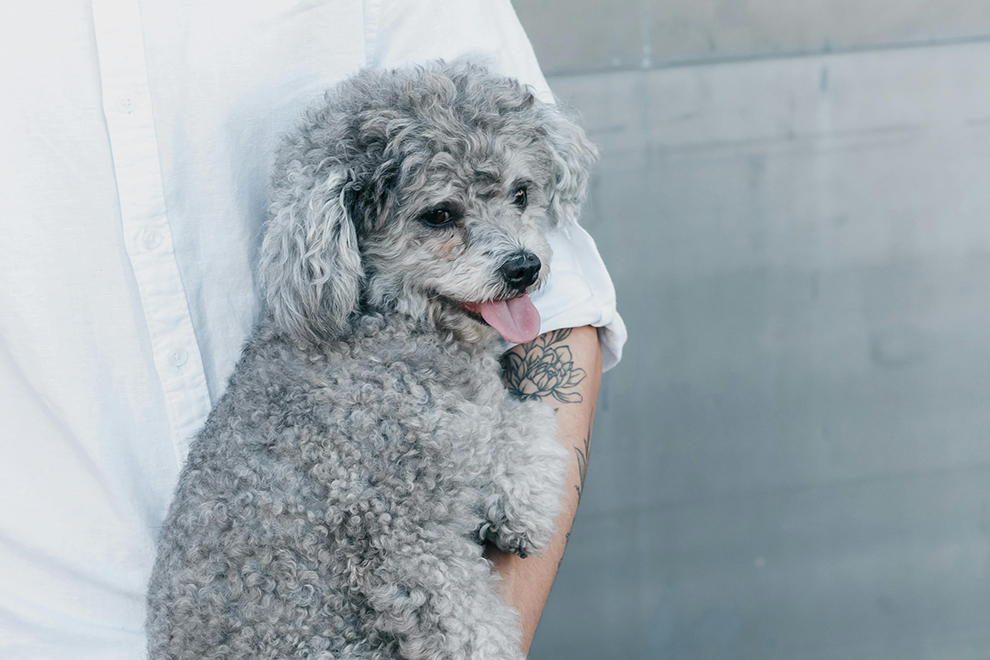It was an emotional decision to purchase my second Mercury Villager. My father had given me my first, an all-purpose van to transport dogs to and from the adoption stand and appointments with the vet. It was my only car, so it transported my kids as well. Five years and 200,000 miles later, I stood at the county dump sobbing my eyes out as I told her goodbye. Heartbroken, of course I went home and started looking for another Mercury Villager. I found one, but it wasn’t anywhere near the car my father had given me years before. It was a money pit. We ended up trading it in, and I learned a valuable lesson about rushing a major purchase, and about making decisions with your heart.
This analogy is a good one because there are very few things in your life that you will actually have for ten-plus years that will cost you money and lots of time. A dog fits this bill.
Getting a dog is rarely an exercise involving a ton of research. More than likely, it’s a decision your heart makes for you. Of course, we start with good intentions. We want something housebroken. Good with kids. Limited shedding. Absolutely no puppies! Then it happens. Much like the shiny new car on the lot, you find yourself at an adoption event and you spot “the one.” He is a fur ball (a little hair never hurt anyone), a puppy (nothing wrong with that, right?), and has been fostered by a couple with no kids (hey, what puppy doesn’t love kids?). There goes that list and every single good intention.
But much like car shopping, it’s a good idea to shop for the right dog for your family and your home. I recommend buying a book of all the American Kennel Club (AKC) breeds. Read through the breeds, and try to decide what characteristics fit your home and your family’s circumstances. Knowing the different groups (herding for example) can enlighten you immensely. If you have small children who love running through the house, and you put a collie or a sheltie in that environment, count on your kids being herded. When you visit the adoption event, take the breed book with you, along with your list of things that are important. If you find yourself smitten with a particular dog, try to determine what the dominant breeds are and do your research right there.
Vets, groomers, trainers, and friends with dogs can be great resources for questions about breeds. Ask about the positives and negatives. Every dog has some of each.
Generally, you should know what your dog’s size might be, his life expectancy, if there are known medical problems in the breed (like hip dysplasia), if he sheds, if he requires regular grooming, and how difficult his breed is to train. All of this information is in the AKC breed standard listing. Getting a mutt muddies this somewhat, but you can still look at a dog and make out a dominant breed (or two in some cases).
Making an informed decision now about the dog you bring into your family will help insure that you spend the next ten years loving the choice you made. This isn’t to say that you still won’t make the choice your heart tells you to make, but you will at least know what you are getting into. And you can live with that – for a long time.





